West of Ankara, and on a major trade and military route was Gordion (and perhaps you already know the famous Gordion knot story about Alexander the Great who in about 333 B.C. was challenged to undo the Gordion knot, and instead of wrestling with it, he took out his sword and hacked the knot in too. Our exploration of Gordion however predates that legendary tale, and involves two major rulers of this realm– Gordias, and his son Meidas, whose name you should also know well (and no, he did not start an ancient muffler company for noisy chariots). What dots the landscape in this realm are tumuli (the plural of tumulus), which refer to burial mounds that are artificial hills. And there are lots of them in this part of Turkey. Here are a couple of shots….
The one we are primarily interested in is this giant tumulus, which is probably sign posted incorrectly, by which I mean this is probably the burial spot of Gordias, rather than his son Meidas.
To give you a bit of perspective of just how huge this tomb is, here are two shots, looking up the walkway into the tomb, and looking back out with my wife Ann giving a sense of the height of the entrance.
The excavation of this tumulus did not reveal the sort of horde of golden objects, unlike what was found in Philip of Macedon’s tomb in northern Greece (and see the previous blog posts I did on that tomb a couple of years ago). In fact, there is little evidence of their being much gold in this part of the Phrygian kingdom, unlike say in Lydia. So the story of the Meidas touch is closer to pure myth, where the story of being rich as Croesus (ca. 585 B.C.) in Lydia is probably closer to fact. But I digress.
What they found inside the middle of this huge man-made hill is akin to a log cabin inside of which were the remains of a ruler.
Like in the tombs of the Pharaohs in Egypt, there were often built in false doors, to mislead grave robbers, which was a danger everywhere in the ancient world.
There is a nice small museum across the street from this tumulus which preserves the remains of what was found, not only here, but in the city of Gordion which is nearby and we will consider it in the next post.

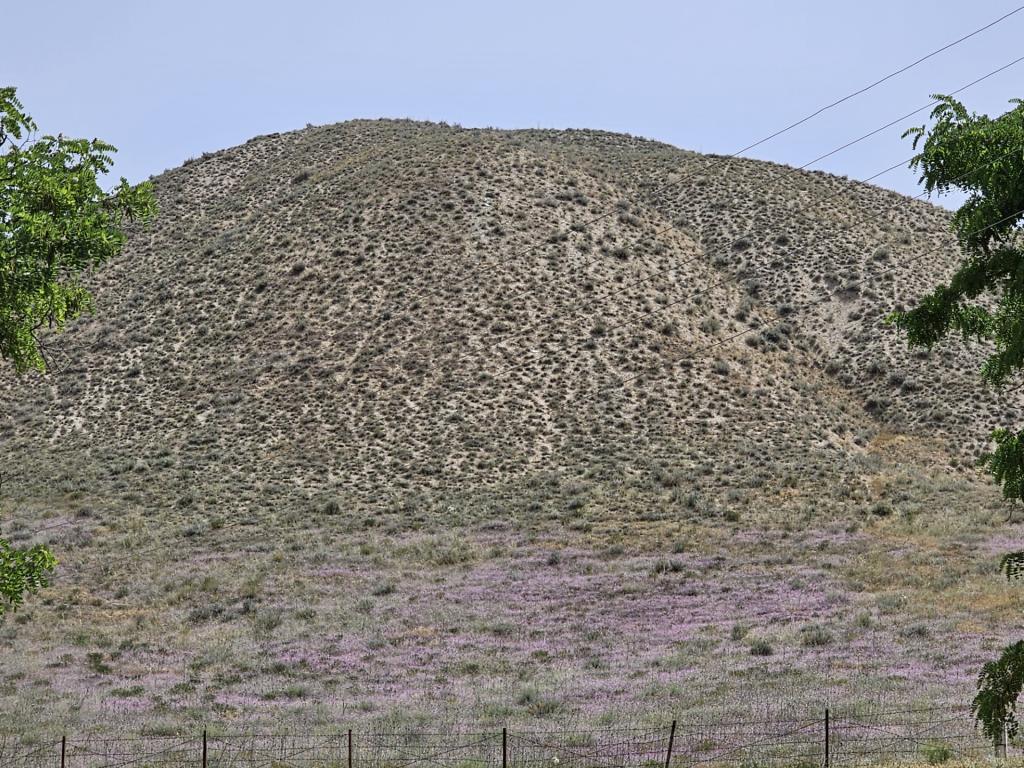
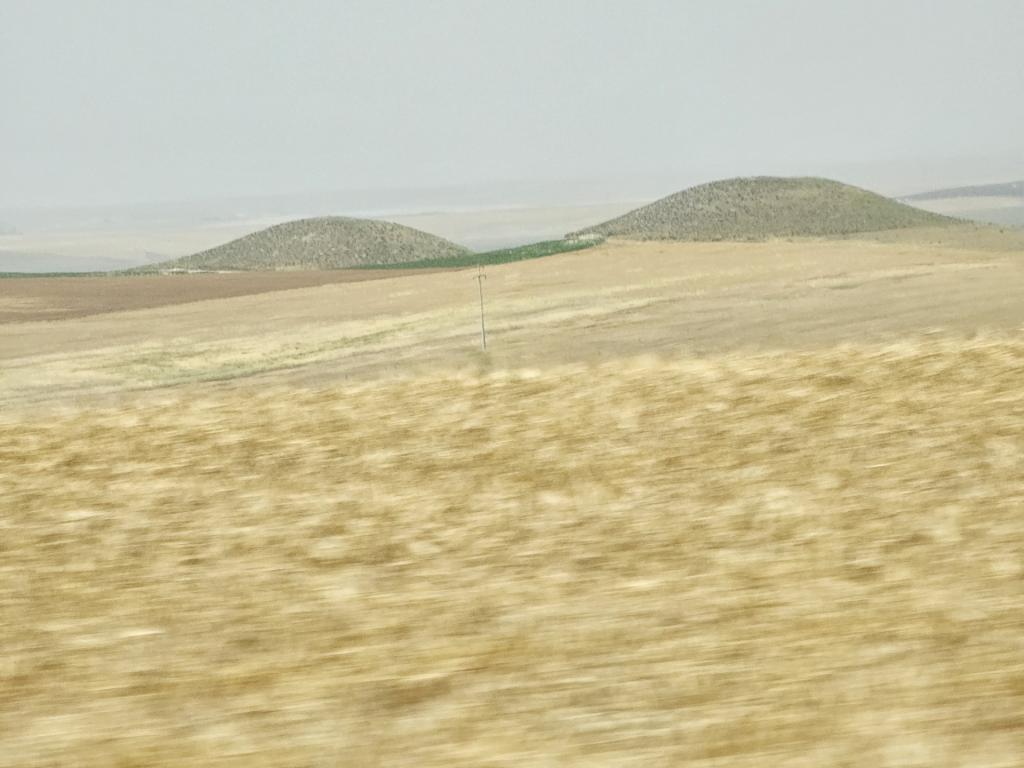
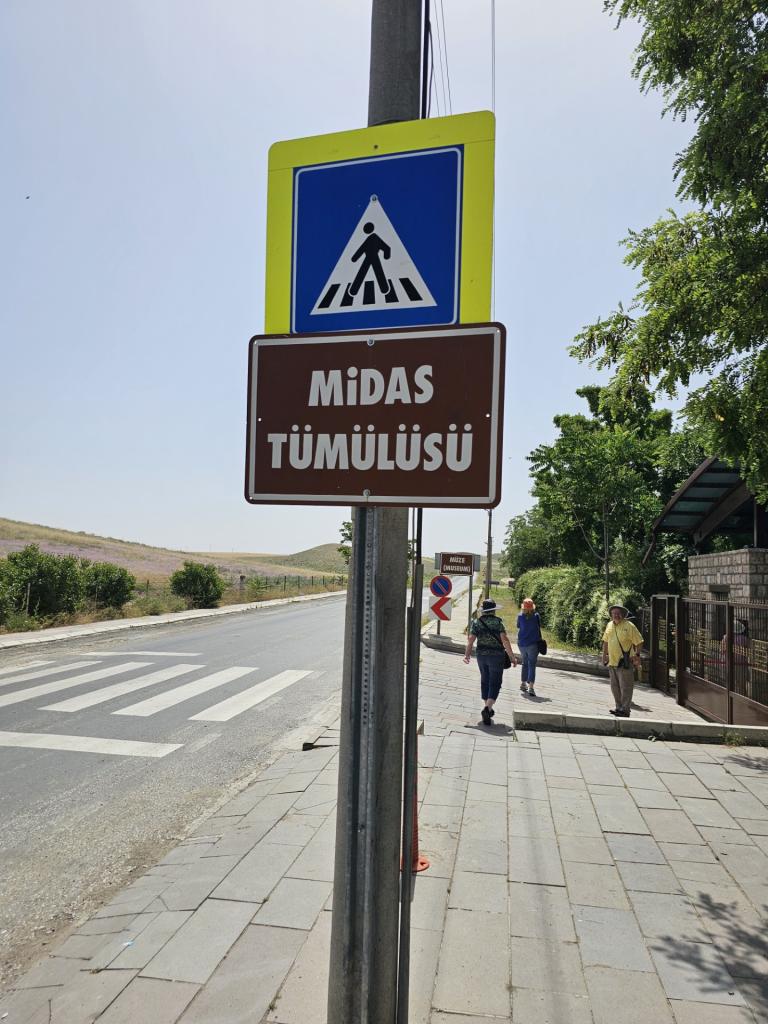
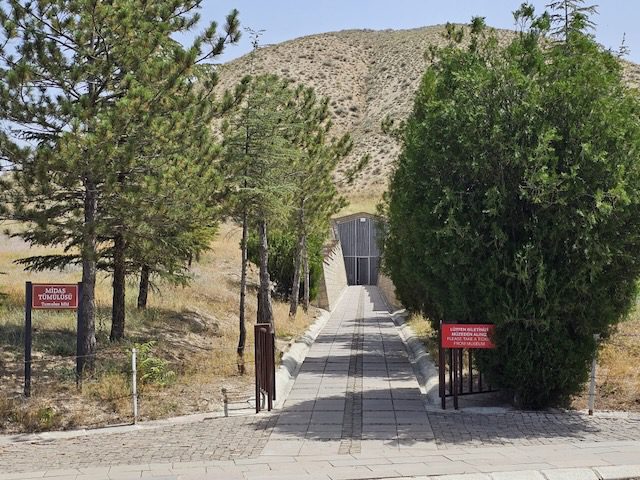
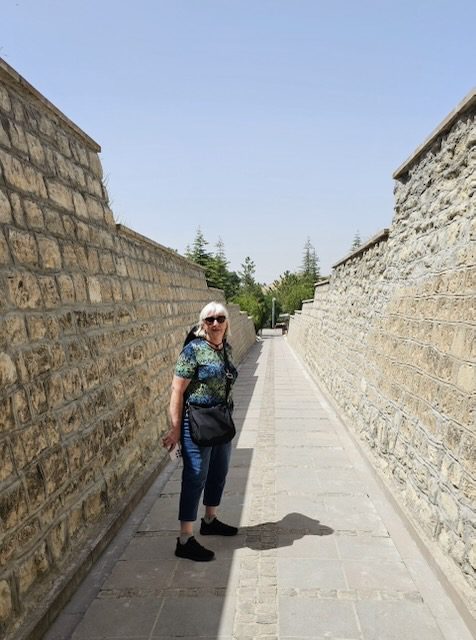
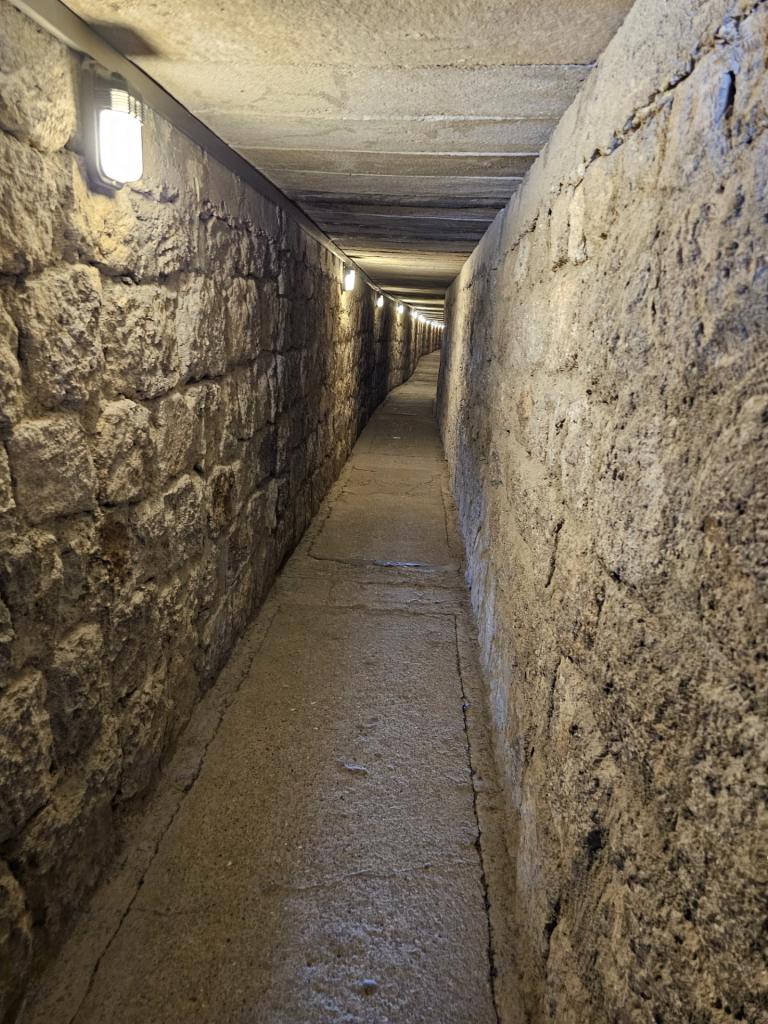
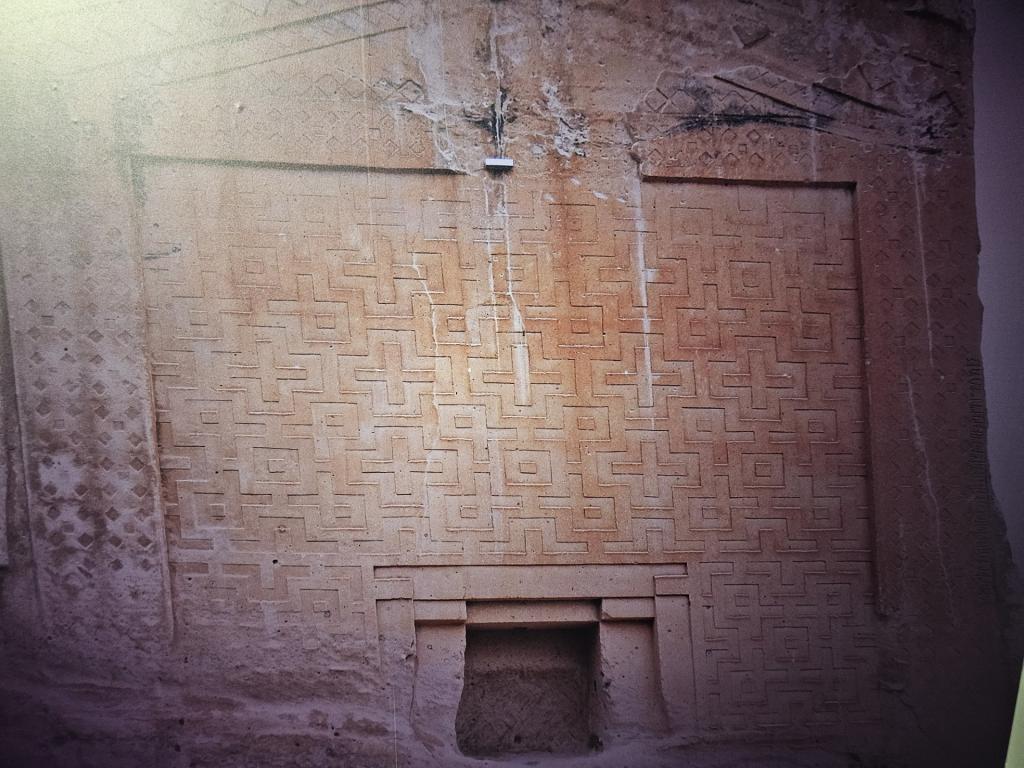
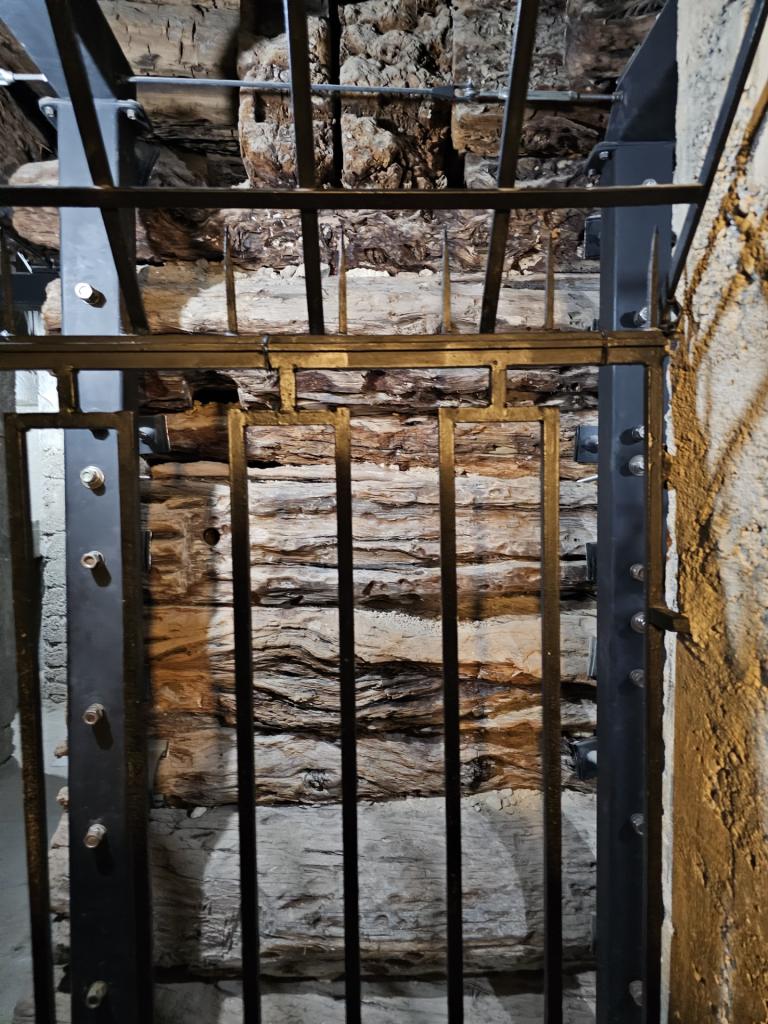
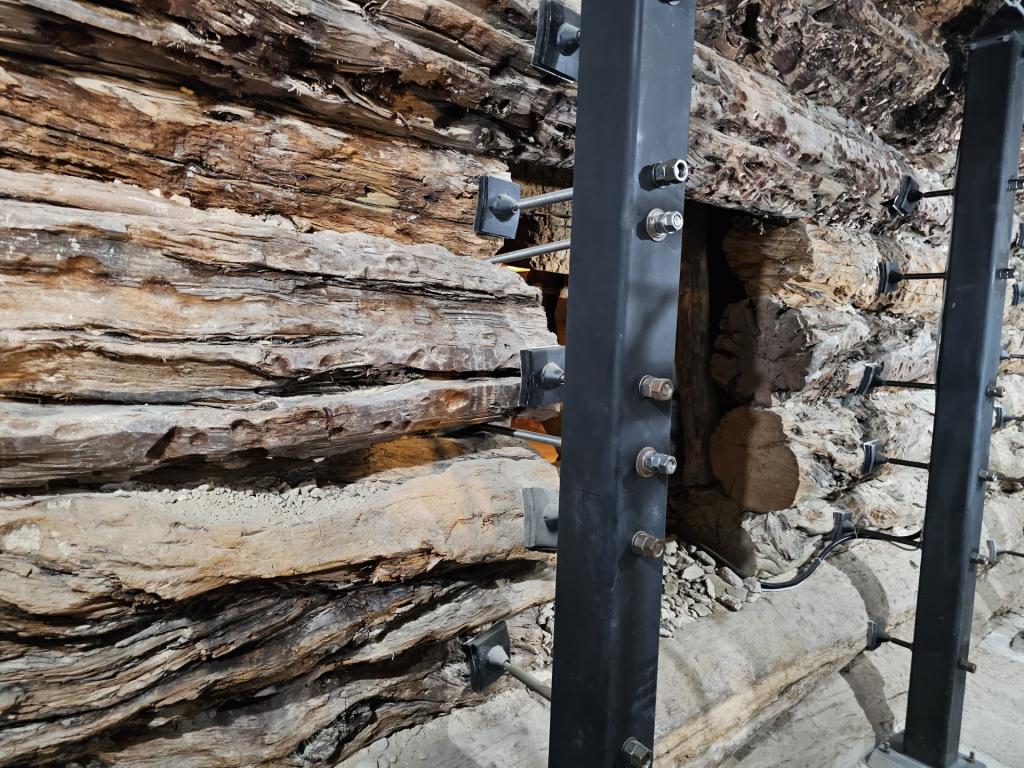
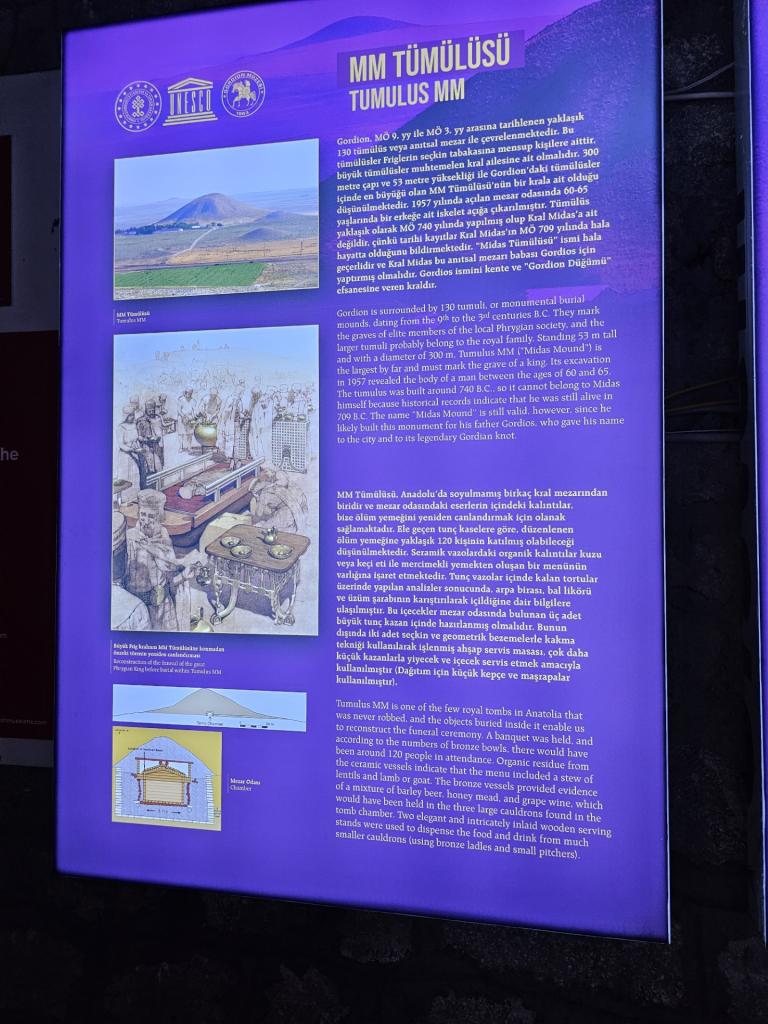
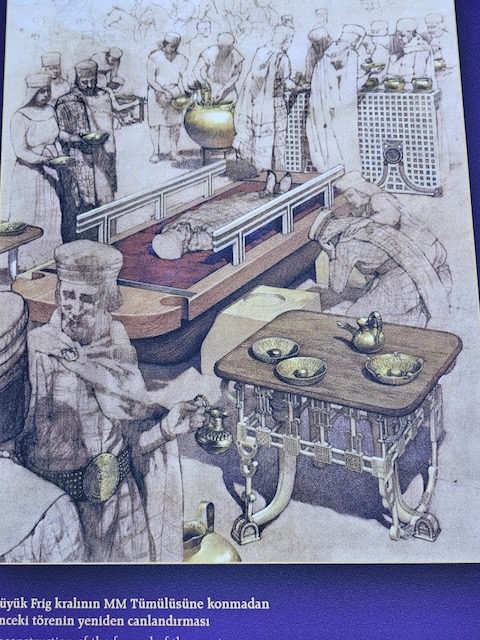
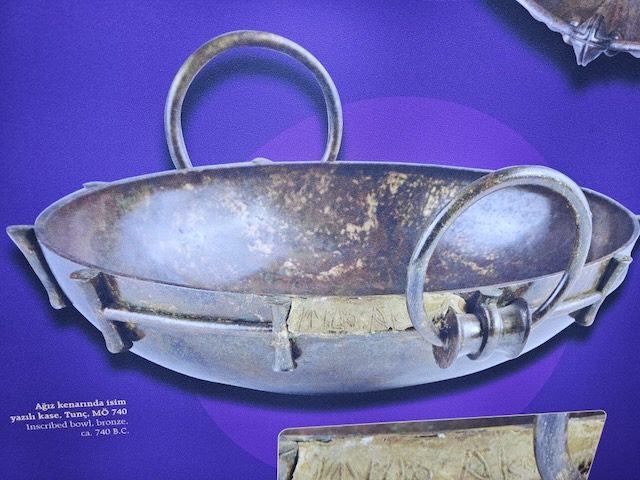
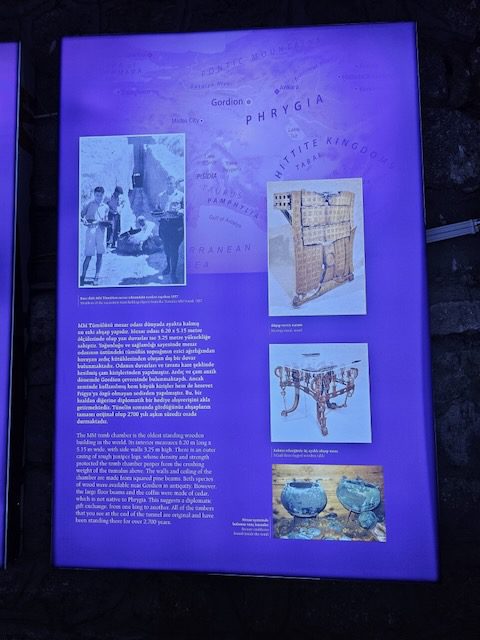
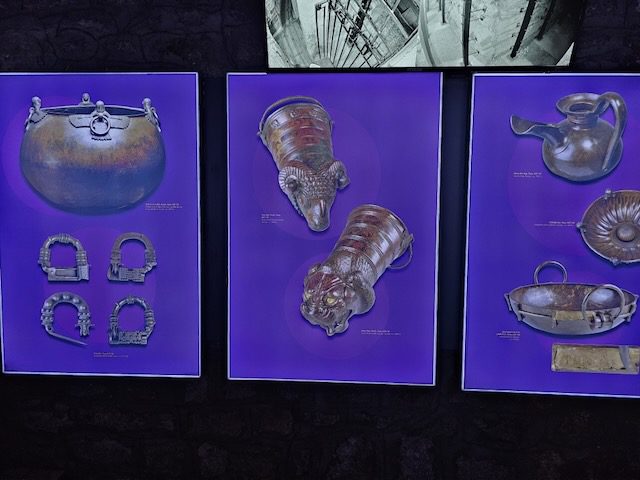
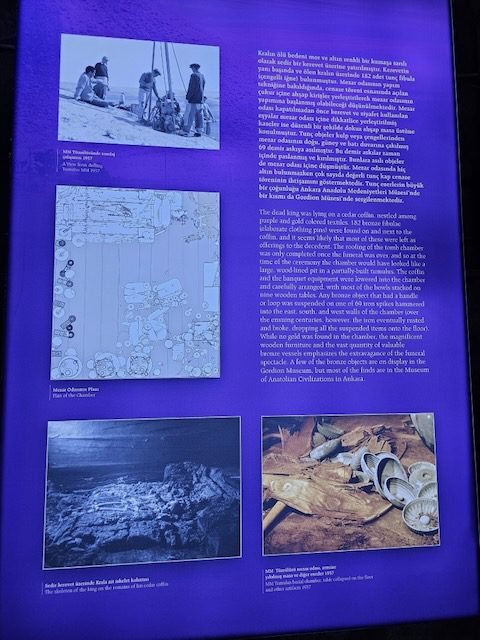
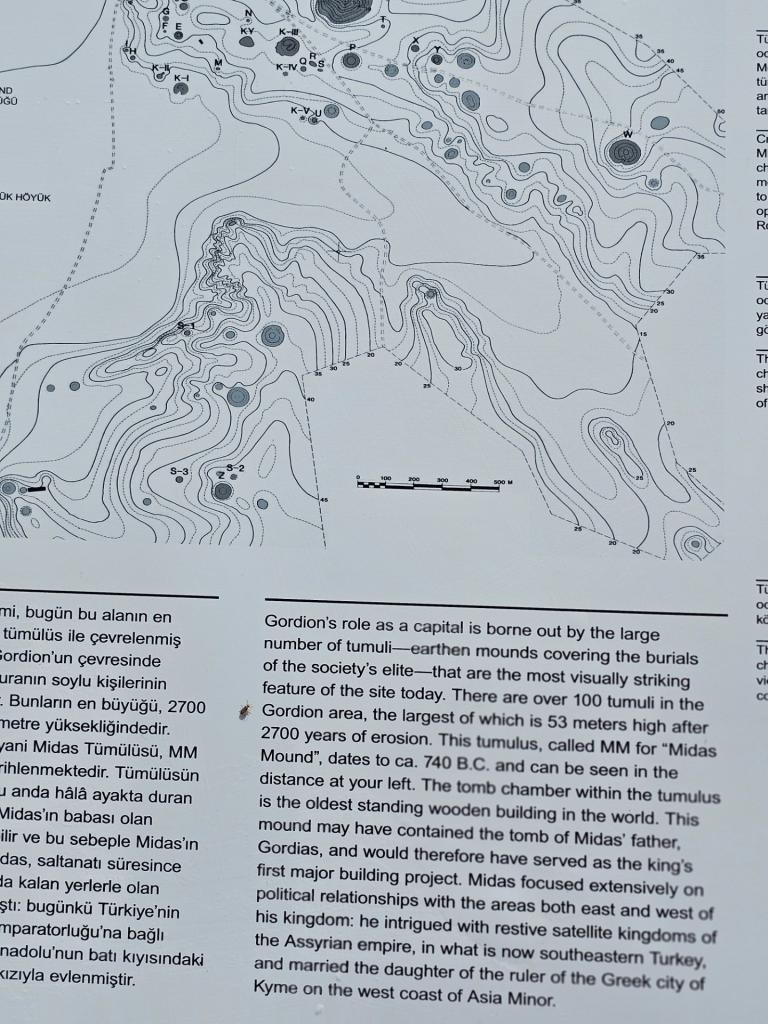





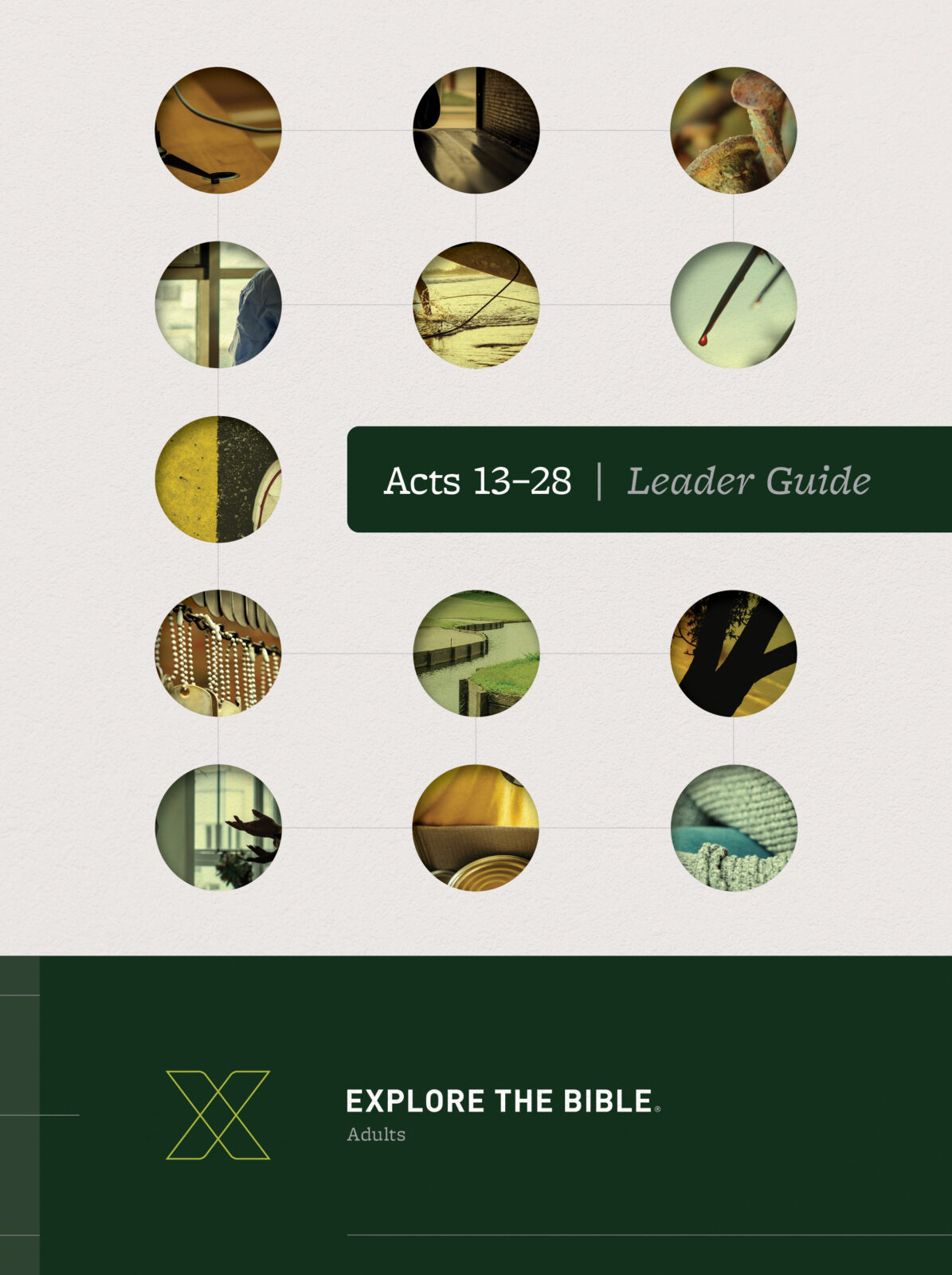

 English (US) ·
English (US) ·